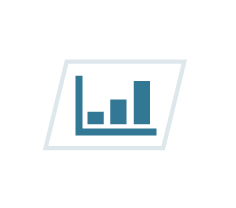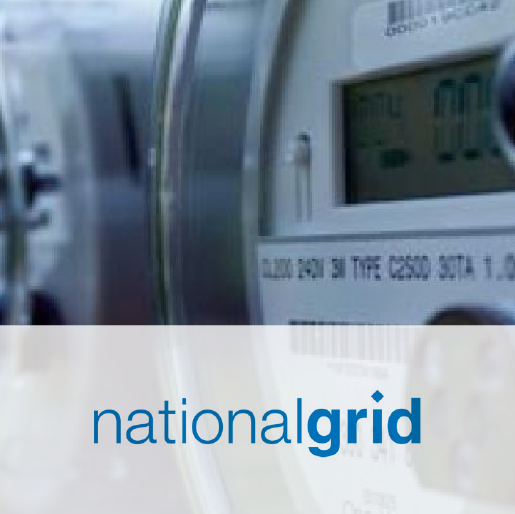
“We don’t really understand what risk management means or how it can support our Asset Management decision-making and planning.”

Organizations realize that the application of risk-based decision-making within the organization is not effective or embedded, or ‘independent’ from Asset Management decision-making.

A Risk Management Framework that is aligned to ISO 31000 and which provides effective and embedded risk-based decision-making for the creation and delivery of Asset Management objectives, strategies and plans.


As part of a broader Asset Management Transformation program for Scottish & Southern Energy, (SSE), the UK electricity generation and distribution company, AMCL designed and embedded a Risk Management Framework (RMF) aligned to SSE’s corporate risk management approach which integrated risk management into Asset Management decision making. The RMF was designed and introduced to SSE over a period of approximately two years and involved extensive consultation and working closely with SSE staff to ensure its effectiveness.
The RMF comprised several elements. The overall RMF document defined a risk management approach, including defined risk assessment criteria and appetites, the governance approach, and templates for risk assessments, all aligned to the international standard on risk management ISO 31000 and to SSE’s corporate requirements.
Alongside the RMF a risk assurance framework was developed to ensure SSE conducted a risk assessment in accordance with its own requirements in a systematic and objective fashion.
A review was completed of existing risk assessment processes at the individual Directorate level and recommendations made on where these needed to be amended to align with the new RMF.
AMCL also designed and implemented more detailed risk-based decision-support processes including Risk Based Maintenance to re-define maintenance regimes to respond more effectively to risk, Asset Criticality to help prioritize interventions, and the creation of a suite of Asset Class Strategies to define whole-life management of SSE’s assets, all of which were also aligned to the RMF.

National Grid Metering (NGM) manages an extensive metering asset portfolio, operating and maintaining an asset population over a range of pressure tiers. AMCL undertook a review of three risk models used by NGM, all of which are aimed at estimating the level of risk associated with the asset population. The purpose of this review was to assess the appropriateness of the task within the scope of each model based on its context and methodology and to carry out an appraisal of the consistency of NGM’s approach to risk evaluation across the risk models.
The three models were:
The objectives of this review included an appraisal of the overall risk assessment methodology for each risk model and its appropriateness for the task for which it is being used, including a basic assessment of the criteria or parameters used. The conclusions of the review were utilized by NGM to continually improve its Asset Management System approach through standard management review channels.